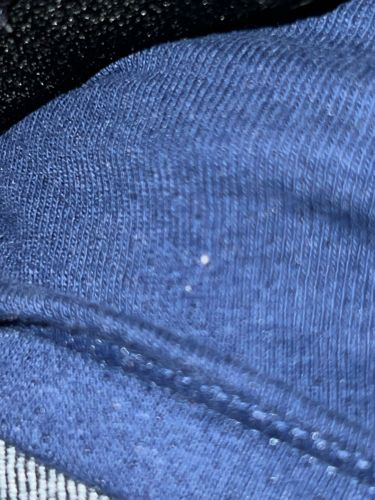Dust Mite
Scientific Name: Dermatophagoides spp.
Order & Family: Order Sarcoptiformes, Family Pyroglyphidae
Size: 0.2 - 0.5 mm (microscopic)

Natural Habitat
Indoor environments, particularly in bedding, upholstered furniture, carpets, and clothing where they feed on shed human and animal skin cells. They thrive in warm, humid conditions.
Diet & Feeding
Primarily feed on dead skin cells (dander) shed by humans and pets. They do not bite or burrow into skin.
Behavior Patterns
Dust mites are microscopic arachnids that are invisible to the naked eye. They prefer dark, warm, and humid environments. They reproduce rapidly, especially in favorable conditions. They are not parasitic or vectors of disease, but their fecal matter and body fragments are major allergens.
Risks & Benefits
Potential Risk: Dust mites are a significant source of allergens that can trigger asthma attacks, allergic rhinitis, and eczema in sensitive individuals. Their droppings and body fragments can become airborne and inhaled. Potential Benefit: They play a role in decomposition of organic matter, particularly shed skin cells, which is part of the natural household ecosystem, though this is overshadowed by their allergenicity in human habitats.
Identified on: 10/27/2025